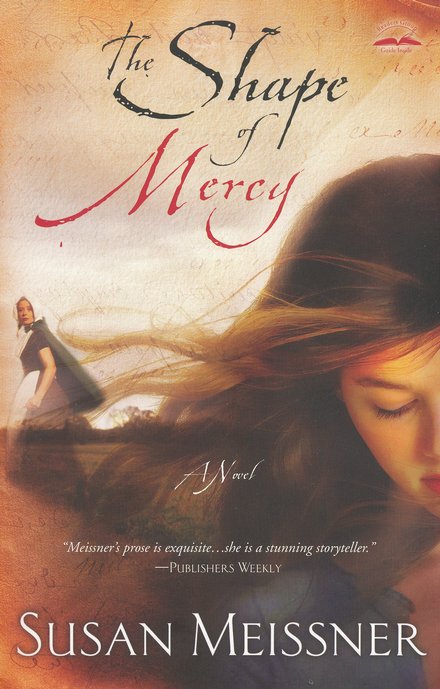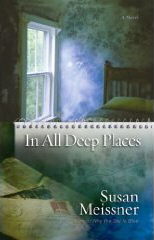Choosing the right
words to tell your story is like an artist mixing just the right colors
on the palette.
I have long been awed by the
bold talent of artists who can take a blank canvas and create from
nothing a visual story of color, form, and depth. I lack that
particular skill, but I appreciate the ability a proficient painter has
to communicate truth in a remarkable and unforgettable way.
Fiction writers share a bond
with artists that we can too easily fail to be grateful for. We have a
vision for the story we wish to tell. We have the dogged determination
to tell it. We have a canvas. And we tell it with tiny tubes of paint
called words.
I did not coin the term word
painting. It is the lovely concept of Rebecca McClanahan,
whose book of the same title I highly recommend. Painting with words is
simply changing your perspective of what words do. Do they tell or do
they show? Do they describe or do they define? Do they explain or do
they evoke?
Attend enough writers’
conferences or read enough writing books and you’ll hear the
show-don’t-tell mantra so much you may wish you’d taken up scuba diving
instead. The fact is showing is a tried and true concept that separates
mediocre writing from stellar writing. And this concept begins to
influence your writing when you learn to choose the right words for
your story: words that surprise, remind, pierce, move, even offend. It
begins when you decline the common and mine your mind for the
extraordinary.
Here’s what I mean: Any number
of words can describe the color and texture of an apple. The common
words are red, crisp, and juicy. Use these words to describe an apple
and you’ve done nothing to distinguish your writing from anyone else’s.
Your goal as a writer is to do just that—distinguish yourself from
other writers. So instead of using tired, overused words, you could
instead describe an apple as being crimson-hued and glistening like
Sunday hair ribbons. That hearkens back to a past that involved my
senses. That is painting with words rather than defining with words.
When you paint with words you
create an image with depth in the reader’s mind. You make what is
fictional and imaginary seem real. We’re not talking about descriptive
overkill, we’re talking about making what seems flat (the paper world
of our books) appear three dimensional and able to meet us at the
sensory level.
In her excellent book,
McClanahan writes: “Writing descriptively doesn’t necessitate writing
more. Description isn’t a steroid, something to make our writing
stronger and better, nor is it an additive promising more miles to the
gallon.” Descriptive writing is actually making every
word count, choosing words that engage the senses. Sometimes that means
using fewer words, not more.
In The Shape of Mercy,
which releases this month from WaterBrook, I wanted to describe the
library of a reclusive octogenarian who loves books but carries a
lifetime of regrets. This is how I chose to describe it:
|

While the sitting room appeared
purely decorative the library looked as though Abigail spent every
waking moment in it, surrounded on all sides by piles and stacks and
cases of books. It was the first time in my life I’d been surrounded by
books and felt uneasy. Only half of them were housed on shelves. The
rest were loose, unfettered, poised as if to attack . . . I walked to
the chair, sat down, and minded my ankles as if the books closest to me
might nip at my feet.
It was important to me to
communicate that Abigail’s books helped her deal with the heartache of
her empty life and protected her from further harm by providing escape.
I chose words to describe the books that fell outside of convention:
loose, unfettered, poised as if to attack, nip at my feet. To look at
books this way, I had to step outside the box and consider what senses
I wanted to arouse, what fears and longings I wanted to evoke. This
scene was meant to appeal to senses other than sight.
In my novel In All
Deep Places, a teenager from a normal, loving family lets a
kid from the dysfunctional family next door help him wash his car:

Kieran scampered off,
returning a
moment later with a faded rag frozen by time and misuse into a stiff
terry-cloth fossil.
“See, I can help!”
The sight of Kieran with his ocean-blue eyes and mop of curly dark
hair, coupled with his eagerness to help and all that Luke knew that
Kieran didn’t, weakened him. He would let him help.
The “terry-cloth fossil” was my
attempt to conjure in the reader’s mind a picture of the effects of
living in a dysfunctional home.
The best way to
write a more
descriptive scene or character description is to ask yourself, What
emotion do I want to evoke in my reader? What sense do I want to
exploit? If it is fear, then make a list of things or thoughts that
evoke fear. As you brainstorm, don’t skip anything. List everything you
can think of: heights, spiders, failure, the dark, big dogs,
thunderstorms, monsters, commitment. Look at your list. Which of these
can you weave in descriptively to evoke the emotion you are targeting?
Painting with words is a learned
art. Like a lot of skills, it isn’t one you will perfect overnight. But
the more you seek to appeal to the senses with words that rise above
the ordinary, the more you will find yourself wiping paint off your
fingers at the end of the writing day.
|










